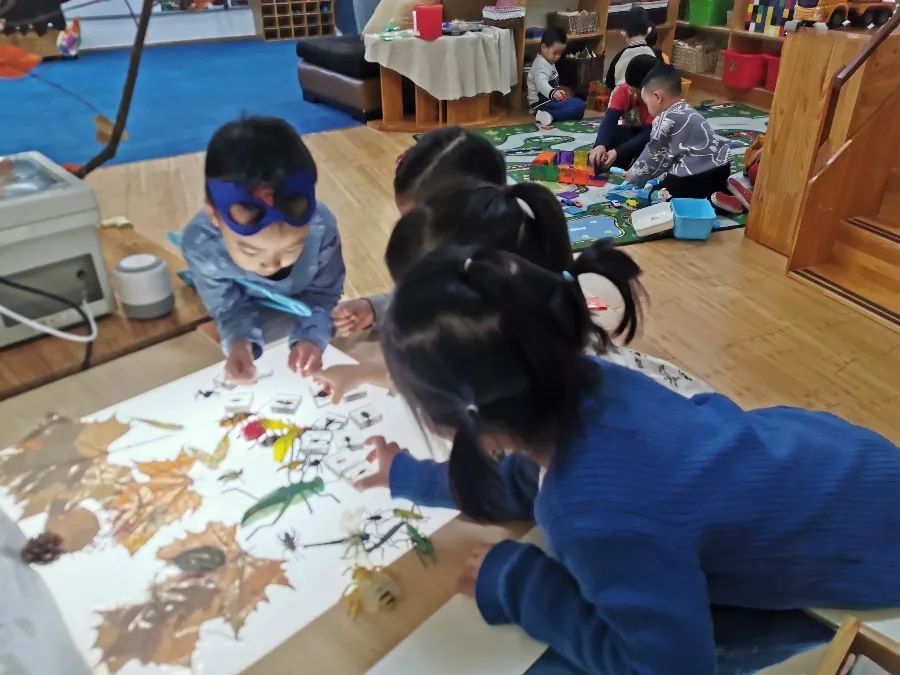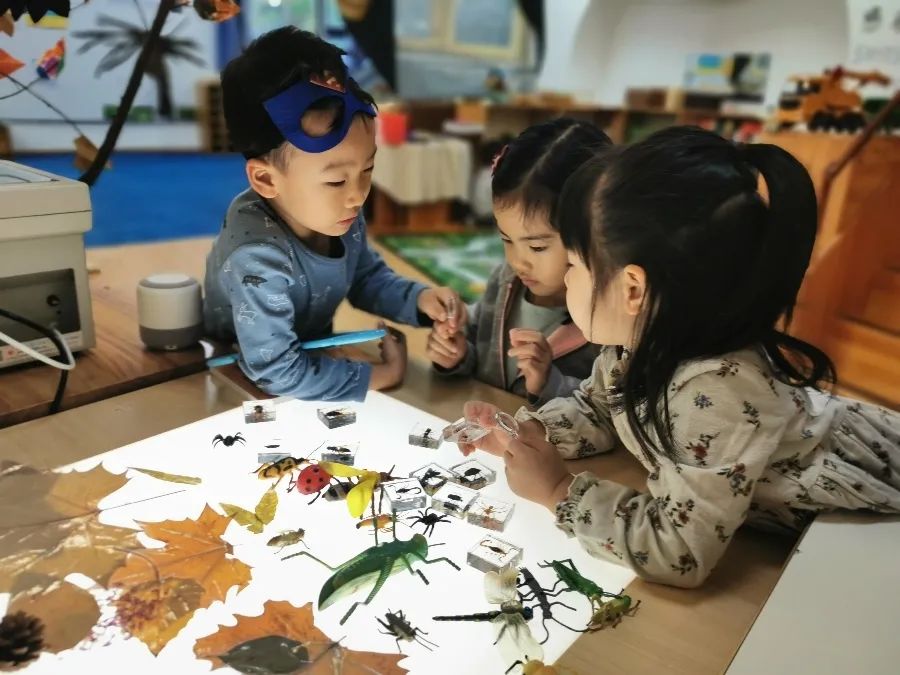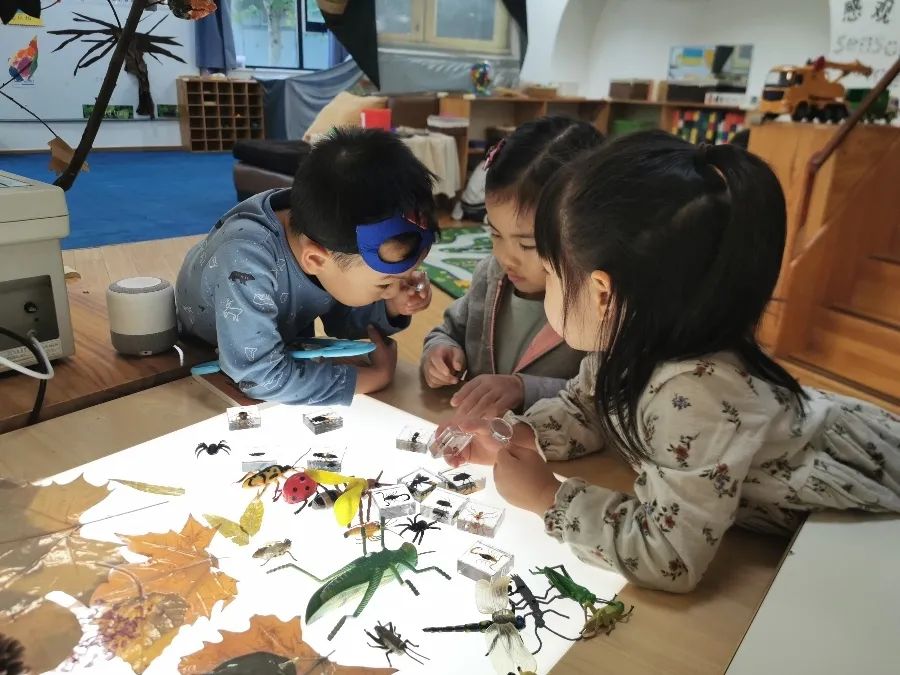What are loose parts?

The Theory of Loose Parts; is the idea that loose parts, materials which can be moved around, designed and redesigned, and tinkered with; create infinitely more opportunities for creative engagement than static materials and environments. Essentially, the more materials there are, the more people can interact.
‘In any environment, both the degree of inventiveness and creativity and the possibility of discovery, are directly proportional to the number and kind of variables in it’. (Simon Nicholson, Architect)
What Nicholson stated is that an environment which is rich in open-ended materials and natural materials invokes children to experiment, engage, construct and invent. It invites them to tinker, to manipulate and to play.

Our schools and playgrounds design strives to rethink static play equipment and the environment to incorporate loose materials to engage children’s natural creativity and inventiveness. We believe as Loris Malaguzzi, the creator of Reggio Emilia’s educational philosophy that creativity is not for the gifted children, all children are born as creative beings, explorers of the world and eager to experiment and discover new things.
‘In any environment, both the degree of inventiveness and creativity and the possibility of discovery, are directly proportional to the number and kind of variables in it’. (Simon Nicholson, Architect)
What is the purpose to include this concept in our classrooms?
Loose parts can be present for children of different ages in Early Years to unlock the cognitive and creative mindset that allows them to build, deconstruct, persist, create, and work together to unleash the power of creativity that we all contain.
The beautiful key point about loose parts is no matter the age; children can explore with the same materials and use them in different ways suitable for their age development. Also, it allows children to explore other play behaviors, including social play, dramatic play, constructive play, symbolic play, and even games with rules, when children make up their own games with the materials. These ways of exploration form a brilliant connection to language and its development. Spontaneous stories, vocabulary and sequences take place in their play and allow us, as an Educator, to evaluate their language development.
Mathematics and science are areas where children learn by experimenting with sand, water, buckets, and stacking materials along with truly any open-ended material. Loose parts open the enormous possibilities for children to become the critical thinkers they’re destined to be.After understanding the benefits of loose parts for children’s thinking processes, maybe now we ask ourselves the question “Where should I begin?”.Firstly, recognizing the types and differences of loose parts that we can offer to children to play and explore with is the first step to introducing them to children. There is a classification of loose parts which categorizes materials based on what they are made from. Loose parts generally are all recyclable and easy to obtain, that makes this even more powerful for teachers, parents, and children. Nature-Based, Wood Reuse, Plastic, Metal, Ceramic & Glass, Fabric, Ribbon and Packaging.
 Above you can find some examples of how we prepared loose parts for the joy and development of our children this week! You’re welcome to try some of these activities at home and share with us.
Above you can find some examples of how we prepared loose parts for the joy and development of our children this week! You’re welcome to try some of these activities at home and share with us.





